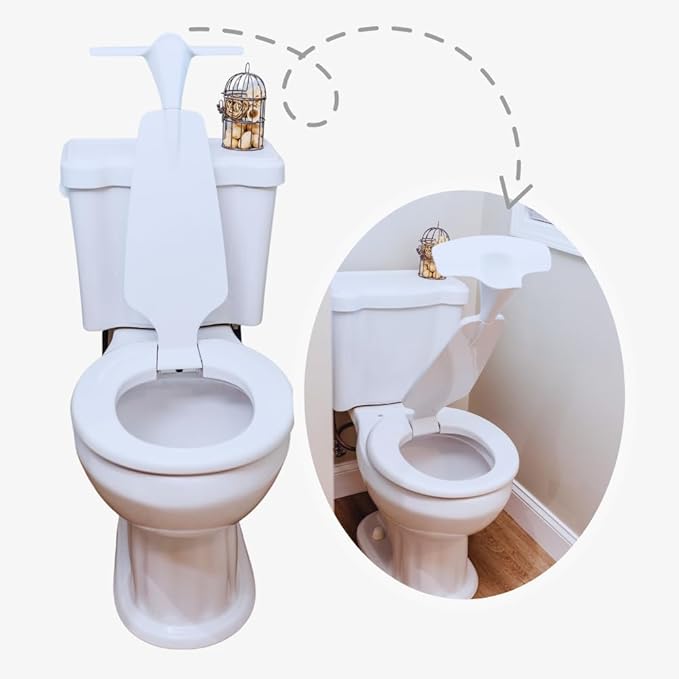When it comes to restroom fixtures, men urinal often get overlooked in favor of more familiar toilet options. Yet for businesses, public spaces, and even some homes, a well-chosen urinal can make a big difference in terms of hygiene, space efficiency, and water usage.
If you’re considering installing one—whether it’s your first time or you’re upgrading an older model—this guide will walk you through everything you need to know before making a purchase. From types and materials to installation and maintenance, we’re here to take the mystery out of men’s urinals.
Understanding the Basics: What Is a Men’s Urinal?
A men’s urinal is a plumbing fixture designed for urination while standing, typically found in men’s restrooms. Unlike standard toilets, urinals are often more compact, quicker to use, and easier to clean in high-traffic settings.
There are several types of urinals available:
- Wall-mounted: The most common type in commercial settings, saving floor space.
- Floor-mounted: More stable, often used in locations with frequent use.
- Waterless: Eco-friendly, using gravity and sealing liquids instead of flushing.
- Portable urinals: Useful for events, construction sites, or mobile settings.
Each style serves a different need, so understanding the environment where the urinal will be used is key to making the right choice.
Key Features to Consider Before Buying
Before settling on a urinal, think about the practical features that affect long-term use and comfort:
- Material: Most urinals are made from vitreous china or stainless steel. China gives a sleek, traditional look, while stainless steel is durable and often used in public or industrial restrooms.
- Flush Mechanism: Options include manual flush handles, automatic sensors, or no-flush (in waterless models). Sensor-operated flush systems are becoming more popular for their hygiene and water-saving benefits.
- Design and Size: Consider how much wall and floor space you have. Slim designs are ideal for smaller restrooms, while elongated bowls may be more comfortable for users.
- Ease of Cleaning: Smooth, non-porous surfaces with minimal crevices help keep urinals sanitary and reduce maintenance time.
Water Efficiency and Eco-Friendliness
Conserving water isn’t just about lowering bills—it’s also a step toward sustainability. Older urinals can use several gallons per flush, while newer models typically use less than one gallon, and waterless options use none at all.
Look for features like:
- Low-flow certification (e.g., EPA’s WaterSense label)
- Dual-flush options for higher-traffic settings
- Urinals that integrate with greywater recycling systems
Over time, these features can drastically reduce water usage and operating costs, especially in high-traffic facilities.
Installation & Plumbing Requirements
Installing a urinal may be easier than you think—but it’s important to get the technical details right.
- Wall Support: Wall-mounted urinals need strong anchors, especially in tiled or drywall areas.
- Plumbing Access: You’ll need a water supply for flushing (unless it’s waterless) and proper drainage for waste removal.
- Ventilation: Good airflow helps reduce odors, particularly in enclosed or busy restrooms.
- DIY vs. Professional: While some handy homeowners can manage installation, hiring a licensed plumber ensures proper sealing, drainage, and code compliance—especially for commercial spaces.
Budget Breakdown: What Should You Expect to Spend?
Urinals vary widely in price, depending on features and materials. Here’s a rough breakdown:
| Type | Price Range |
| Basic wall-mounted | $80 – $200 |
| Waterless models | $200 – $500 |
| Sensor-equipped | $300 – $800+ |
| Commercial-grade | $500 – $1,500+ |
Installation costs typically range from $150 to $500, depending on location, plumbing complexity, and whether it’s a retrofit.
Don’t forget long-term costs like maintenance, water usage, and potential repairs. Waterless urinals may cost more upfront but can pay off over time with lower utility and service bills.
Bonus Tips: Maintenance & Hygiene Best Practices
Keeping a urinal clean isn’t just about appearance—it’s essential for hygiene and longevity. Here are a few tips:
- Use non-abrasive cleaners to avoid scratching the surface.
- Clean daily in high-traffic restrooms.
- For waterless models, replace the sealing liquid or trap cartridges regularly.
- Install splash guards or odor-neutralizing blocks if necessary.
Proactive maintenance keeps things sanitary and extends the life of the unit.
Conclusion
Choosing the right urinal might not be the most glamorous decision, but it’s an important one—especially if you’re managing a commercial space or aiming to upgrade your home restroom with efficiency in mind.
By understanding your needs, comparing features, and planning your installation properly, you’ll end up with a urinal that fits your space, saves water, and stays low-maintenance for years to come.
If you’re ready to explore modern, reliable options, you can browse professionally curated urinals at TrueToilet.com—where form meets function, and practicality meets performance.









